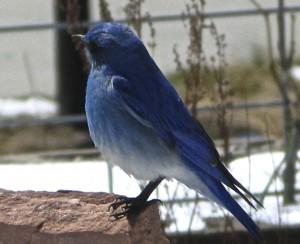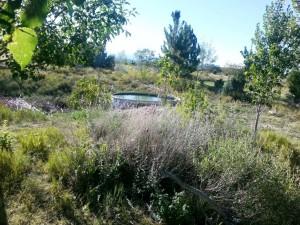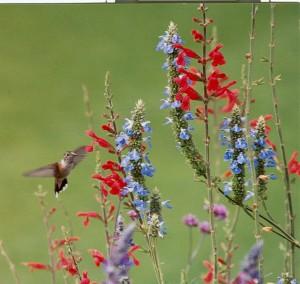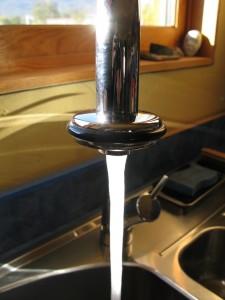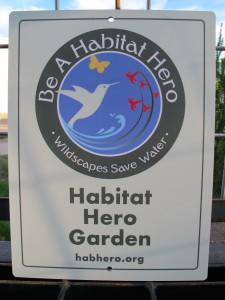Climate Change Is Here
This week, the World Meteorological Organization reported that greenhouse gases in the atmosphere are at an all-time high. Carbon dioxide increased last year at the fastest rate in 30 years.
Global climate change is here. There's no denying it.
Wildflower Blooming Season Changes
A story in this week's High Country News reports that the flowering season in the blossom-filled mountain meadows the Rockies are famous for has lengthened by 35 days.
That may sound like a good thing, but as researcher David Inouye points out, a longer flowering season doesn't necessarily mean more flowers. It means the blooms are spread out over a longer time, which could mean that when the Broad-tailed Hummingbirds migrate north from southern Mexico, cued by lengthening days, the wildflowers the hummers depend for fuel on might not be blooming.
Birds on the Brink
National Audubon Society this week released a sobering report showing that nearly half of North America's bird species, fully 314 species, will be imperiled by climate change by 2080. The species most affected aren't necessarily rare, either. They include our nation's symbol, the bald eagle, which could see its range decline by 75 percent, and the tiny and feisty rufous hummingbird, along with the Common Loon and white-throated sparrow.
Habitat Heroes Can Help
We may not individually have the power to halt climate change. But collectively, our actions matter.
How can you help? By restoring habitat in your yard, neighborhood park, commercial landscaping, golf course, or farm or other working landscape.
Small patches can weave a larger whole
Your patch of habitat may not save a bald eagle. But your wildscape or habitat garden can form part of a network of habitat that does sustain a species.
Equally important, if you're following the habitat hero guidelines, you're reducing the carbon footprint of your garden or landscape.
Less fuel: Every bit of lawn you convert to habitat means less mowing, edging, blowing, and weed whacking. Power tools, whether they're gas or electric, use fossil fuels and contribute carbon dioxide to the atmosphere. (Most small engines are inefficient and thus add more CO2 than you'd image for their size.)
Fewer chemicals: Forgoing chemical fertilizers and instead relying on locally sourced compost, aged manure or other natural fertilizers also reduces your landscape's carbon footprint. Chemical fertilizers are made from fossil fuels and require more energy still in manufacture, packaging and transport.
Less water: Every time you turn on the tap or the faucet, you're using fossil fuels. How? It takes energy to pump water out of the ground or from a lake or river. On the way, it's filtered (more energy required), treated with chlorine and other chemicals (which take energy to produce and dispense), and the lines are pressurized (requiring more energy).
Thus, the less water you use on your landscape, the less carbon dioxide you contribute to the atmosphere. And the more water you save for healthy streams and rivers, which contribute directly to habitat.
So make a positive change. Restore habitat where you live, work and play, and help keep this remarkable blue planet healthy for birds, bees and every one of us. Join Audubon Rockies, Plant Select® and High Country Gardens: Be a Habitat Hero.
By Habitat Hero
Stay in the Know
Sign up for emails to stay up to date on how you can help and enjoy birds in Colorado, Wyoming, and Utah.

